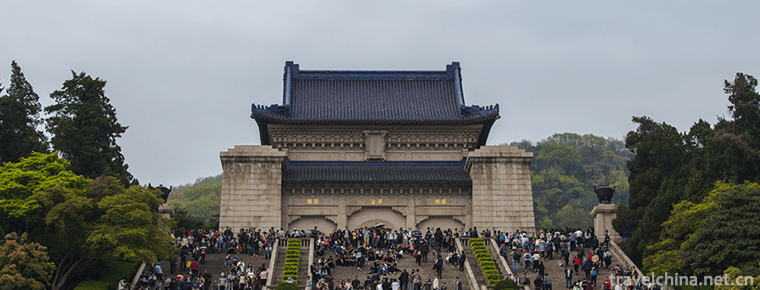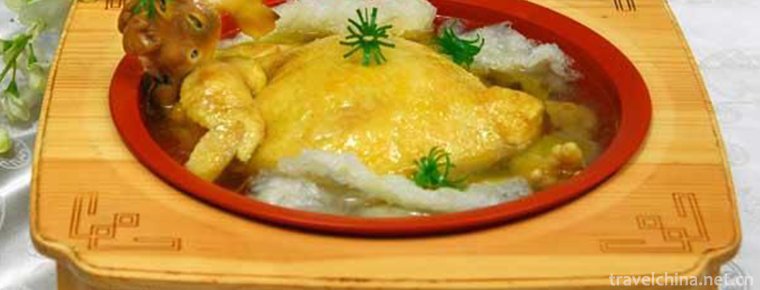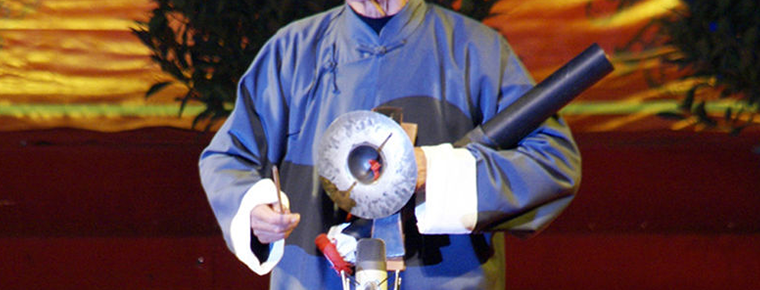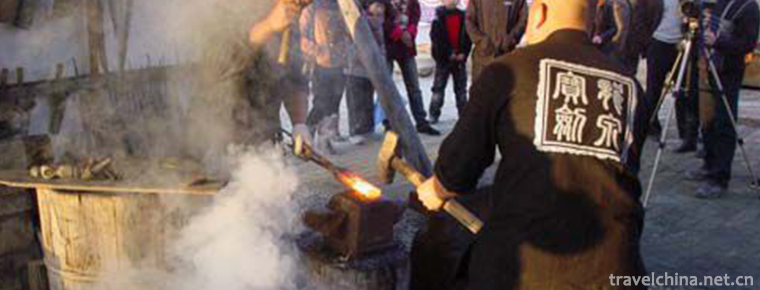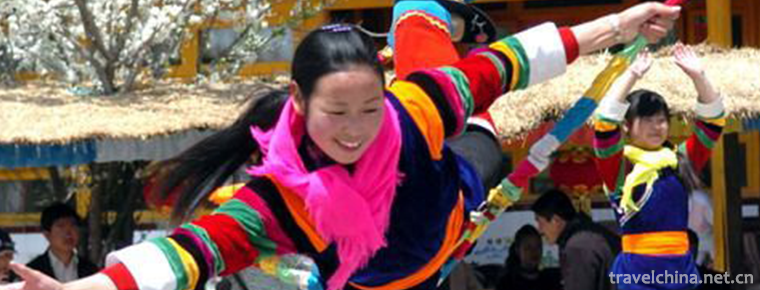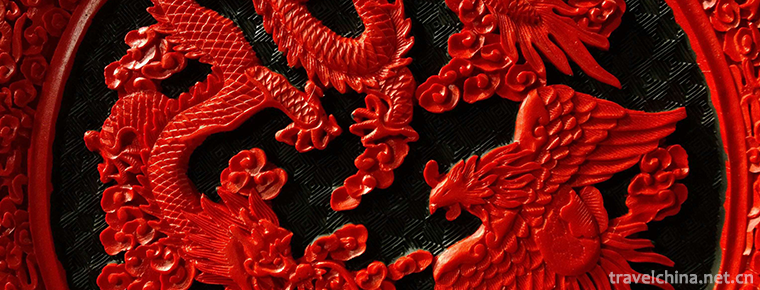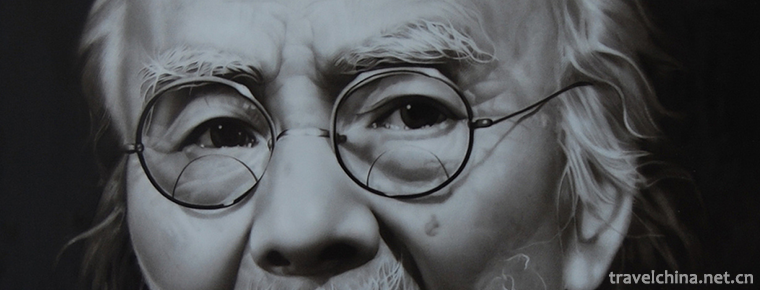Meat rustles
Meat rustles
"Meat Lianliang" refers to the native minority local dance variety in Lichuan City, Hubei Province, which takes the unique body performance as the main form. It is popular in the city's Duting, Boyang and Wangying areas. The dance is named for the rhythmic sounds emitted by the forehead, shoulder, face, arm, elbow, waist, leg and other parts of the palm.
"Meat Lianliang" used to be called "Meat Lianxiang", which is similar to the traditional folk dance "Da Lianxiang". Because dancing is featured by the sound of its physical touch, the villagers are accustomed to call it "flesh sound". "Meat Lianliang" dance is humorous and lively, which is welcomed by the masses. However, because of the difficulty in performing and the high demand for action, there are few practitioners.
On June 7, 2008, Lichuan City of Hubei Province declared that "Meat Lianliang" was listed in the second batch of national intangible cultural heritage list with the approval of the State Council. Heritage serial number: 649 III-52.
artistic characteristics
Art Development
Before liberation, "meat ringing" was only a means of begging. The purpose of the performance was to win the joy and sympathy of the host and hope for charity. After liberation, according to Wu Xiufu, a 78-year-old master of folk art, who taught a group of young masters by his own words and deeds, the "Meat Lotus Sound" gradually became one of the ethnic folk dances for Tujia villagers to celebrate the harvest and activate the market. In the process of inheritance and development, "Meat Lotus Sound" has blended into folk dance movements and charm such as Yangko Dance, Playing, Funeral Dance, Bamboo Lotus Hunan, and correspondingly matched with the music tune of "Lotus Flower". The lyrics are compiled and sung by dancers according to their needs, so as to make them more full of interest and the audience's on-the-spot interactive mood, and gradually developed into a kind of song. The unique popularity and rooted in the people's folk dance.
Performing Form
"Meat Ring" is mostly performed by men. The venue is open to all sizes. Because of the close relationship between movement and sound, the performers only wear vest, shorts or bare arms. They need neither props nor more clothes, so they are easily accepted by most people. Its main movements are "Yangkobu", "Put on your hands and suck your legs", "Turn around with trembling steps", "Doubles", "Ten Rings", "Seven Rings", "Four Rings" and "Three Rings". The performance of "Meat Ring" is lively, humorous, lively and free. In terms of rhythm, we should pay attention to "circular rotation" and constantly change the body tilt angle along the position of the collision, so as to harmonize gently and beautifully. Although there is no singing cavity or accompaniment, the oral reading is short and has its own characteristics. According to the needs of singing, the artist adds the sound accompaniment of tongue, which adds to the joyous atmosphere of dancing.
Inheritance and Protection
In Lichuan Mountain City, there is a well-known "Wu referee". He is famous for playing amateur basketball referee for many years. Everyone knows that he can jump meat repeatedly.
The name of Wu Judge is Wu Xiufu, a Tujia nationality. He was born in Lichuan City on October 12, 1928, on the lunar calendar. When he was thirteen years old, he went to Duting Primary School. He read three times and four times directly, and only read for one year. Then I went to the newspaper twice to work as a printer and a miscellaneous worker. At the beginning of the liberation, he served as a soldier for three years in Western Hubei, mainly on guard for the special department. He has been engaged in haircutting all his life. He started to use a razor at the age of 17. He has been skilled for more than 50 years. After his haircut, he became an amateur referee and served the basketball court enthusiastically.
Wu Xiufu loved literature, art and sports from childhood. When he studied haircut, he often went to the theatre to play basketball. He was often scolded by his master. At that time, there were often folk artists performing in the city. Wu Xiufubian watched and learned about Dragon Boat tune, play and Lianxiang. He learned very well. Sometimes I have learned to ask artists for Lyric materials. I often spend a lot of time with others until I get what I want. When Wu Xiufu was young, Mou, a barber with him, often learned to do the "clay God way" action. The "clay God way" is a way of begging for money by the poor in the old society. The beggars were naked and covered with mud. They were beaten with both hands and splashed with mud. Where the beggar goes, which one is forced to give money to make the beggar leave early. Wu Xiufu saw that it was interesting for Master Mou to learn to do the "clay God way" and imitated it. As long as the haircut is idle, he compares and deliberates on his dancing skills. He often stripped naked, clapped his hands on his body, hummed and sweated. Numerous exercises, countless guesses, made him have a strong interest in this dance, and formed a certain routine. Later, he tried to integrate Yangko dance, juggling, funeral dance, Lianxiang and other folk dances into a rhythmic sound by tapping shoulders, arms, forehead, elbows, crotch, legs, feet and other parts. Its dance movements and sound effects are similar to those of Da Lianxiang. Because no props are used, only rhythmic sounds occur when the hands contact with various parts of the body, people call this dance "flesh continuous sound". As soon as he was free, Wu Xiufu wrote and practiced by himself to entertain himself, so as to make dancing movements skillful and stereotyped. As soon as he had the chance, he showed his hands and made numerous public appearances, which gradually influenced and formed the climate.
It is precisely because of his outstanding contribution to the inheritance of meat for many years that he was awarded the honorary title of "Master of Folk Art" in Enshi Autonomous Prefecture.

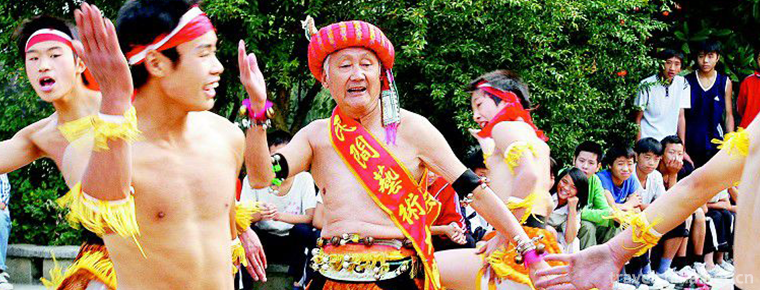
-
Zijin Mountain Scenic Area
Zhongshan Scenic Spot, or Zhongshan Scenic Spot for short, is located in Zijin Mountain, Xuanwu District, Nanjing City. It is a famous scenic spot in China.
Views: 154 Time 2018-12-06 -
Mingsha Mountain Crescent Spring Scenic Area
Mingsha Mountain Crescent Spring Scenic Spot is located 5 kilometers south of Dunhuang City, Gansu Province. It covers an area of 312,000 square kilometers.
Views: 80 Time 2018-12-12 -
The First Bay Scenic Area of the Yangtze River
The first bay of the Yangtze River (the first bend of the Yangtze River and the first bay of the Wanli Yangtze River): located between Shigu Town of Lijiang City in the northwest of Yunnan Province an.
Views: 149 Time 2019-03-17 -
Eight treasures whole chicken
It's a delicious dish with the characteristics of beige color, delicious taste and delicacy. The main raw materials used are 1 bamboo shoot hen (about 1.75 kg), 100 grams of Jiangmi, 25 grams of dates.
Views: 443 Time 2019-03-26 -
Hunan fishing drum
Fishing drum is also called tube and bamboo piano. Song Dynasty has emerged, is a popular traditional musical instrument in Hubei, Hunan, Shandong, Guangxi and other areas, often used in opera perform.
Views: 178 Time 2019-05-03 -
Forging Skill of Longquan Sword
Longquan sword forging technology, the traditional arts and crafts of Longquan County, Zhejiang Province, is one of the national intangible cultural heritage..
Views: 134 Time 2019-05-14 -
The technical skill of penjing
Bonsai art refers to the Soviet bonsai art, which originated in the Tang Dynasty, flourished in the Ming Dynasty, matured in the Qing Dynasty, and developed in modern times. Since the 1980s, Suzhou Bo.
Views: 236 Time 2019-06-09 -
Turkish Wheel Autumn
There is a beautiful and magical legend about the origin of Tu's wheel autumn. Legend has it that in order to find a way out of life, the ancestors of the Tu nationality ploughed their fields successi.
Views: 209 Time 2019-06-23 -
Yangzhou lacquerware decoration skills
Yangzhou lacquerware painting process is cumbersome, the step is "batch putty scrape gray, brush paint and push light". During the Warring States Period, Yangzhou lacquerware decoration tech.
Views: 203 Time 2019-07-10 -
Qi baishi
Qi Baishi (January 1, 1864 - September 16, 1957), formerly known as Zhi Zhi, the word Wei Qing, No. Lanting Pavilion, later renamed Huang, the word is on the edge, the number of Bai Shi, white stone m.
Views: 255 Time 2019-09-04 -
Beijing Wuzi University
Beijing Wuzi University is a public institution of higher learning which is characterized by logistics and circulation, based on economic disciplines, with management disciplines as its main branches,.
Views: 313 Time 2019-09-06 -
Dazhous first industry
In 2019, the annual grain planting area of Dazhou city is 556900 hectares, an increase of 0.3% over the previous year. Among them, rice was 191500 ha, an increase of 0.2%; maize was 137500 ha, an increase of 0.9%; potato was 162000 ha, a decreas.
Views: 191 Time 2020-12-20
